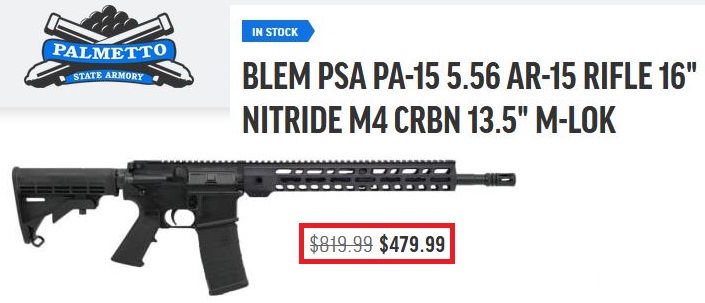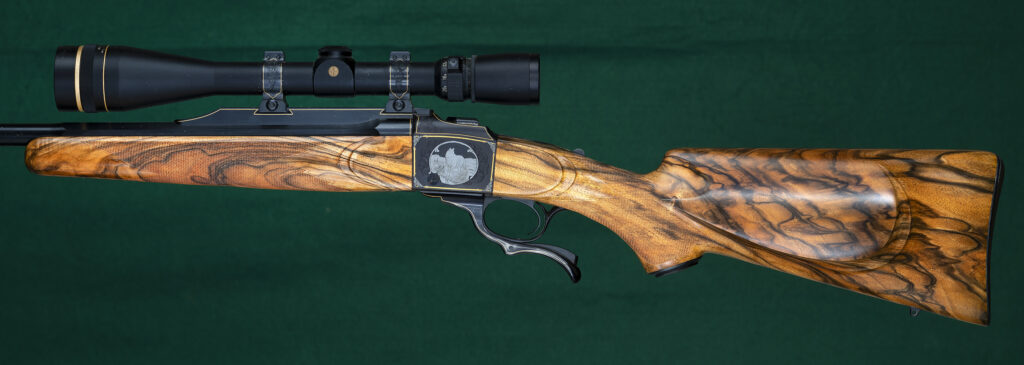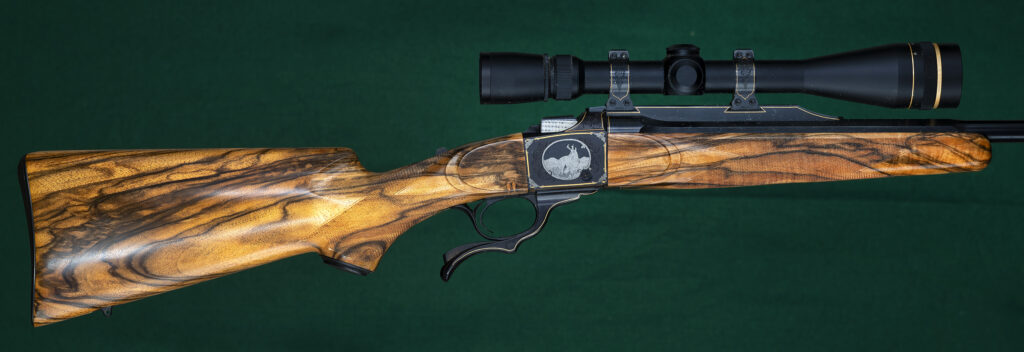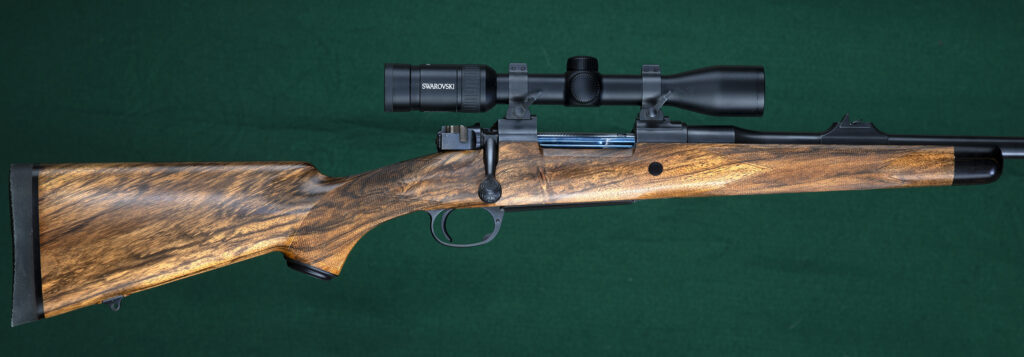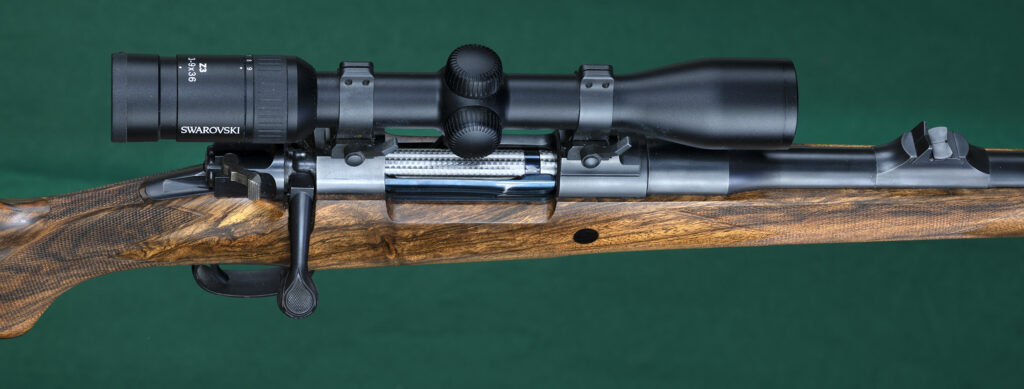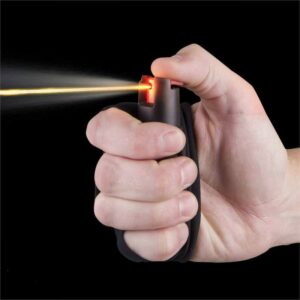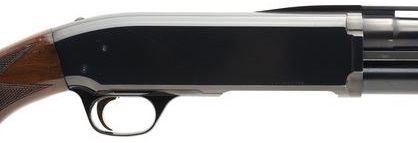One of the topics suggested to me by a couple Readers was: “Talk about some of the guns you’ve shot before; likes / dislikes etc.”
That’s a BIG topic, because I have shot hundreds of different guns over the course of my gun-loving existence.
And while we’re there, let me remind everyone that I’m not a gun enthusiast or gun expert. I am a gun lover. I love shooting guns, with a passion that seems to have remained more or less constant for about sixty years, starting with my first, a Diana air rifle, all the way to whatever gun I blazed away with last week.
Actually, I do remember what I fired last week: my bedside gun (Smith & Wesson Mod 65), nominally in .357 Magnum, but realistically best shot loaded with .38 Special (or +P for goblin dispatch). Of all S&W revolvers, this is unquestionably my favorite.
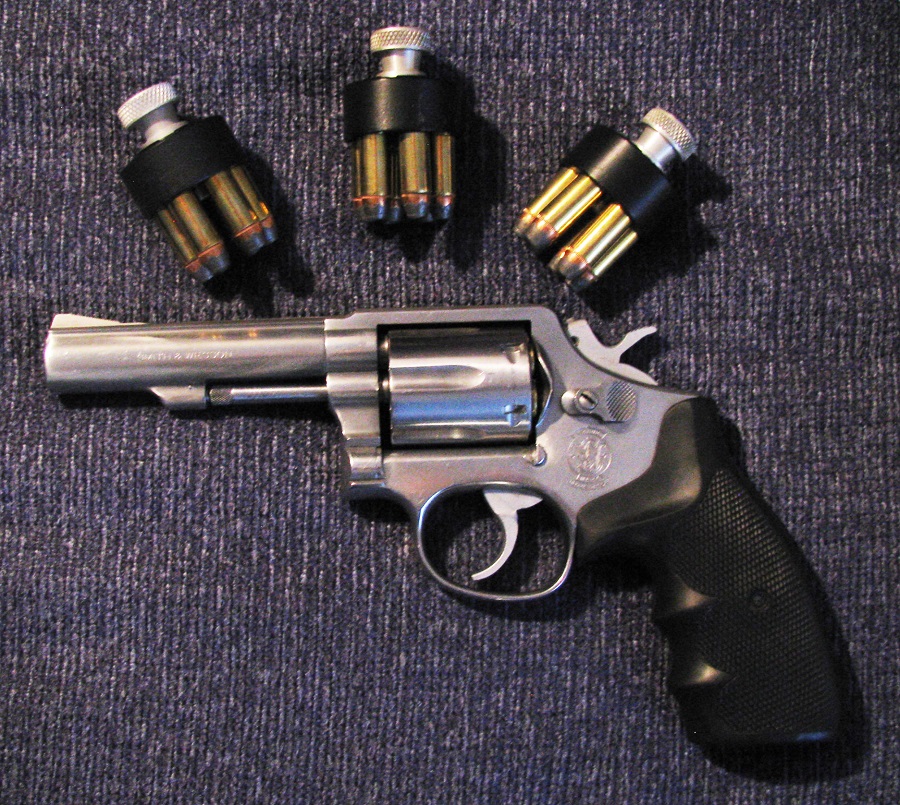
The very first time I held a Mod 65 in my hand, I fell in love with it. It just points, in the same way that my index finger points, directly at the target. And even though I don’t shoot it with exemplary accuracy, I still love shooting it, and that’s one of the reasons it’s my primary bedside gun.
Now I’ve owned a couple more — still own a Mod 637 Airweight, for that matter — but I’ve never been a huge aficionado of S&W wheelguns. (My late buddy Airboss had, as I recall, over three dozen S&W snubbies. Now that’s an aficionado.) There’s no reason for my apparent indifference for the brand. Smith makes excellent guns of all kinds, but I’ve just never owned that many.
Which is why I’m going to kick off this series — and oh yes, a series it will be — with this manufacturer’s handguns: the ones that I’m least familiar with. (I must mention at this point that this is not going to be a S&W history lesson, nor even a catalog of their guns. There are lots of those around, so I’m not even going to try to add yet another of them.)
So other than the above two, which I’ve fired a lot, here are a couple that I’ve fired before, and wouldn’t mind owning. They are in no special order, and I’ve used linked pics so that if you’re tempted…

Might be the “better” of the 65/66 options, in that it’s in a sturdier “L” frame (the 65/66 have the lighter “K” frame), comes with a 6″ barrel and has an adjustable rear sight. Certainly, if I was doing any kind of competitive shooting, this would be my choice over the 65. But only then. And while I love the 586 / 686 line — it’s as accurate as all hell — I still prefer shooting the Colt Python. And speaking of blued .357 revolvers (which I prefer over the stainless):

…except I’d swap out the rubber grips for wooden ones, because for this gun, wood is prettier.

S&W’s “kit guns” are well represented by this model. I’ve shot several, and my only comment about them is that in my hands, anything shorter than a 4″ barrel is simply a waste of ammo. Never been able to shoot the snubby versions worth a damn. (And FYI, that’s not true of other snubby brands: I have no problem hitting what I’m aiming at with shorter barreled Ruger SP101s or Colts, for example.)
Smith & Wesson 500 Revolver .500 S&W
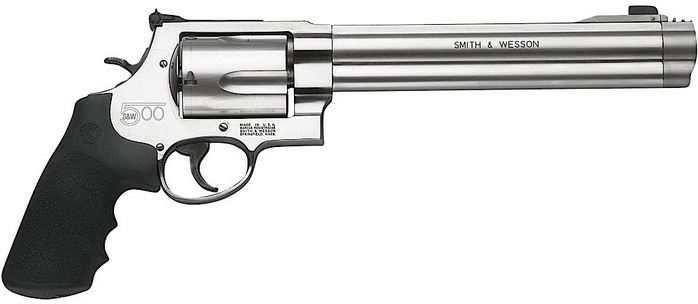
Here’s me shooting the 500:
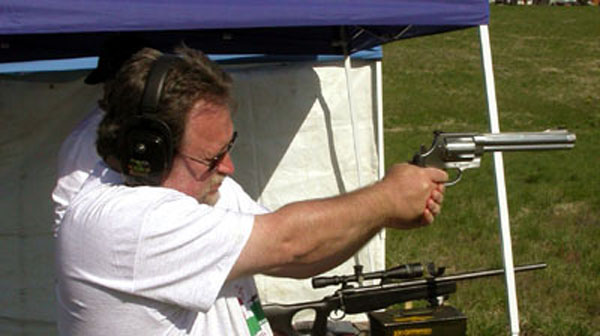
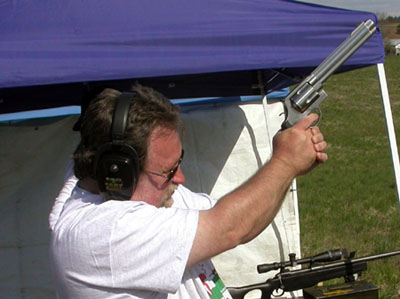
…and that’s with a muzzle brake. Pass.
More of the same later.

